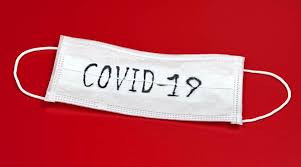Anyone who has visited any public place must monitor their symptoms and follow the health recommendations :
Standard precautions are guidelines issued for the care of patients in hospitals but are common sense for everyone and should be used to prevent disease transmission in all walks of life. They require you to always have a barrier between any infectious substance and your skin, eyes, gums or the inside of your nose.
Precaution 1
Wash your hand often with soap under warm running water for at
least 20 seconds, especially when you come in from outside.
Handwashing with soap removes germs from hands. This helps
prevent infections because:
People frequently touch their eyes, nose, and mouth without even
realizing it.

Precaution 2
Use alcohol-based disinfectant on your hands if soap and water are not available.
Using hand sanitizer reduces microbial counts and kills many harmful germs that could infect workers with the flu and other viruses.

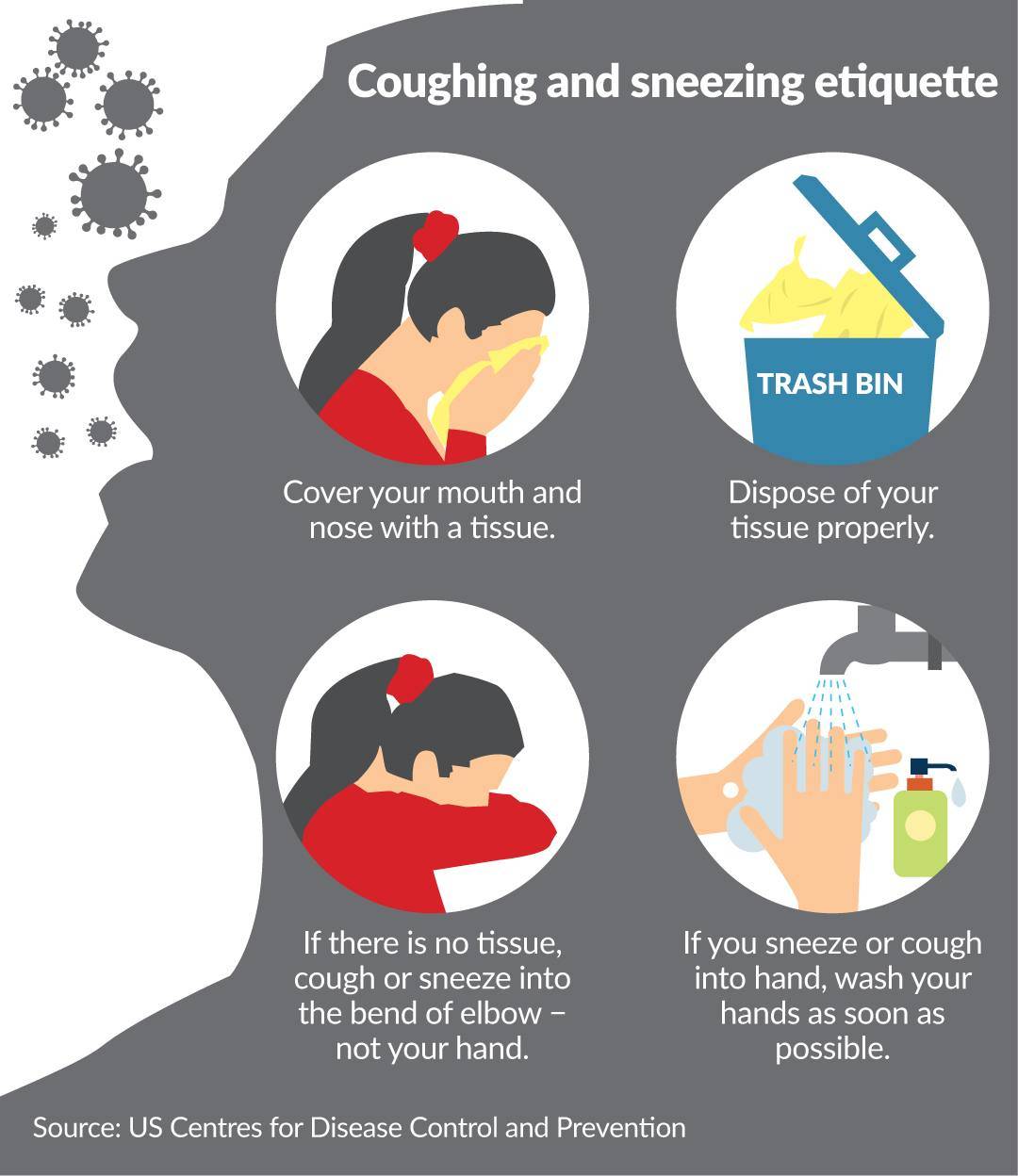
Precaution 3
Practice proper cough and sneeze etiquette:
- Cover your mouth and nose with your arm to reduce the spread of germs.
- If you use a tissue, dispose of it as soon as possible and wash your hands afterwards.

Precaution 4
If you are sick, avoid contact with more vulnerable people, including older adults and people with a weak immune system or a chronic disease.
Some people are more likely than others to become severely ill, which means that they may require hospitalization, intensive care, or a ventilator to help them breathe, or they may even die.
Precaution 5
Avoid direct contact when you greet someone, such as shaking hands, and use alternative ways to greet people.
Social distancing should be practiced in combination with other everyday preventive actions to reduce the spread of COVID-19

Precaution 6
If you must go out, stay at least 2 meters (around 6 feet) away from people who do not live in your household.
It is safest to avoid crowded places and gatherings where it may be difficult to stay at least 6 feet away
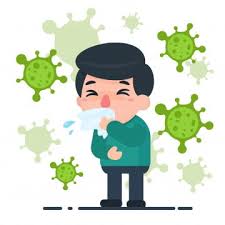
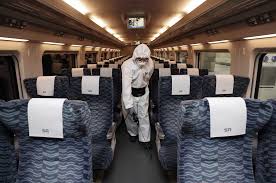
Precaution 7
stay at least 2 metres away from other people, or wear a face mask covering in public when physical distancing is not possible, such as in public transit.
Travel increases your chances of getting and spreading COVID-19. Before you travel, learn if coronavirus is spreading in your local area or in any of the places you are going.
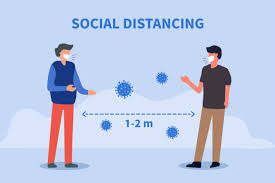
Precaution 8
Limit your travel as much as possible.
Anyone who is sick — even if they don't know for sure they have coronavirus (COVID-19) — should stay home unless they need medical care. This helps prevent the illness from spreading to other people.
